Madagascar split from Africa 165 million years ago, creating an isolated laboratory where evolution took extraordinary turns that produced species found nowhere else on Earth. The island’s villages exist in intimate proximity to lemurs, fossas, chameleons, and countless other endemic creatures that have shaped local cultures and daily life for generations. Rural communities have developed traditional beliefs and practical knowledge systems that recognize these unique animals as integral parts of their social and spiritual worlds.
Here is a list of 17 Madagascar villages where residents share their landscapes with some of the planet’s most distinctive wildlife species.
Andasibe
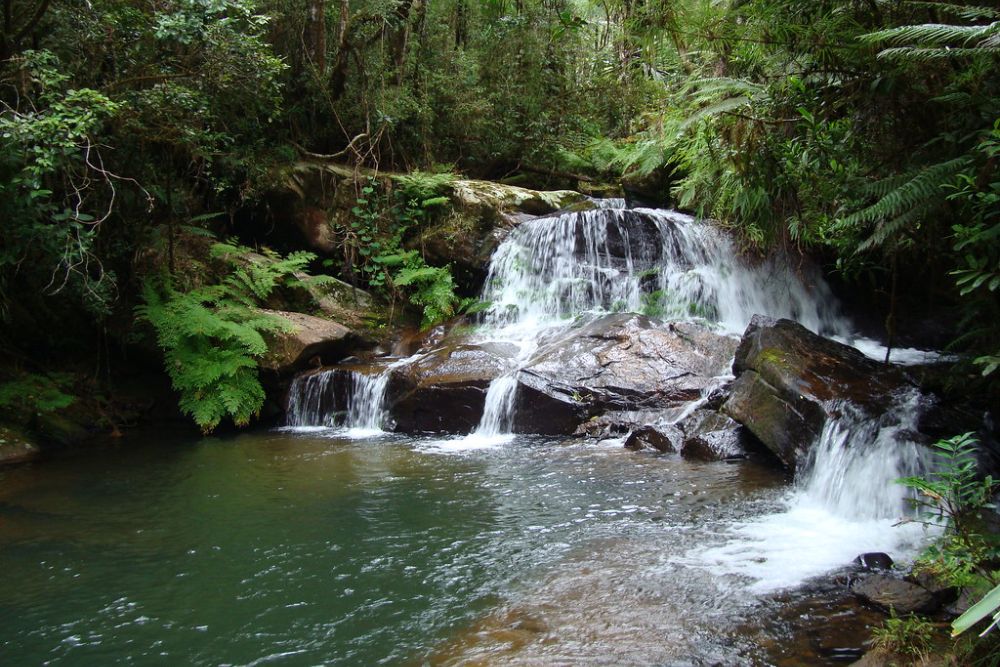
This mountain village sits in the heart of Madagascar’s premier rainforest reserve, where the calls of Indri lemurs—Madagascar’s largest primates—echo through the mist each morning like ethereal songs. The Indri’s haunting vocalizations can be heard up to two miles away, creating a natural alarm clock that has structured village life for centuries.
Local Betsimisaraka people consider the Indri to be sacred relatives, with traditional stories claiming these tailless lemurs are ancestors who chose to remain in the forest rather than become human. The village economy has adapted to accommodate researchers and wildlife enthusiasts who come specifically to encounter the Indri, yet traditional forest practices continue alongside modern conservation efforts.
Berenty
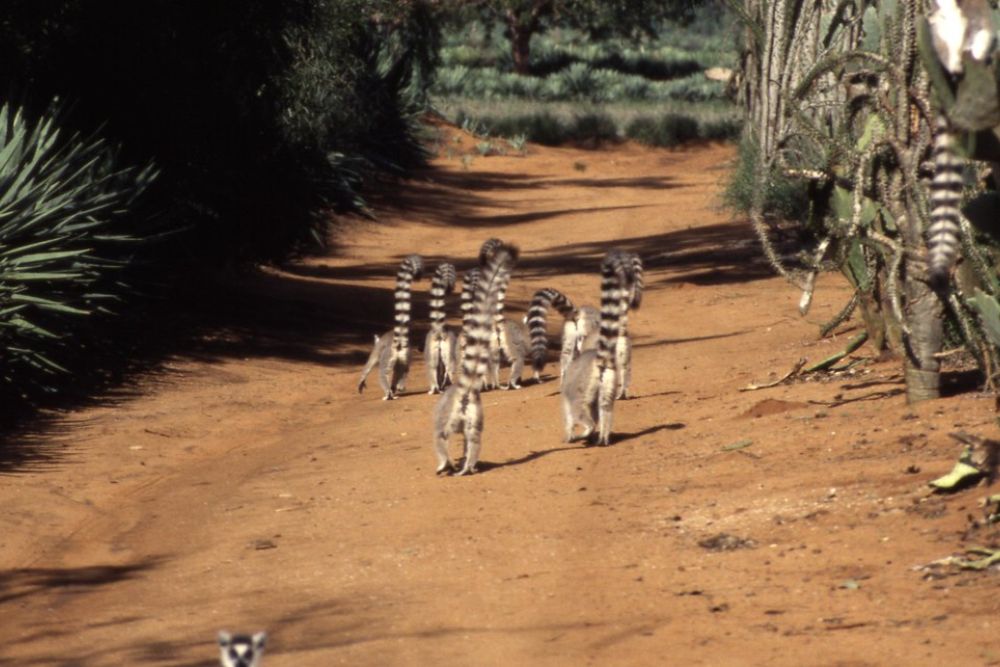
Located in Madagascar’s spiny forests of the south, Berenty village coexists with ring-tailed lemurs that wander freely through the settlement, creating daily interactions between humans and primates that seem almost natural. The lemurs have learned to navigate around human activities, often sitting in village courtyards during the heat of the day while residents go about their normal routines.
Local Antandroy people have developed practical coexistence strategies, storing food in lemur-proof containers while maintaining traditional beliefs that consider these animals spiritual messengers. The village’s location within a private reserve has created economic opportunities through ecotourism, though the fundamental relationship between people and lemurs remains rooted in centuries-old cultural traditions.
Like Travel Pug’s content? Follow us on MSN.
Ankarafantsika
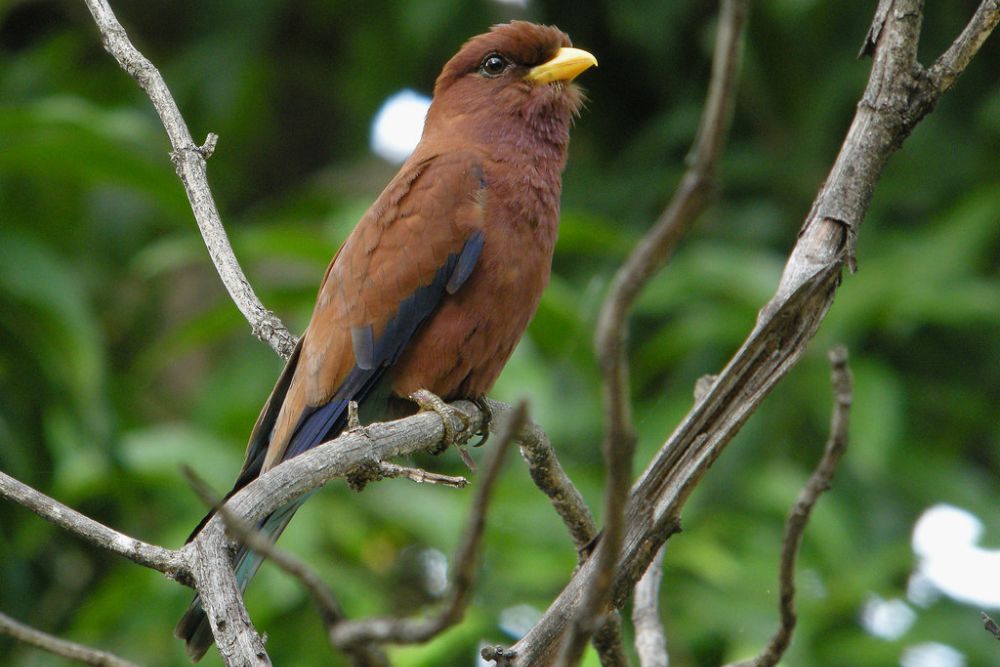
This village within the Ankarafantsika National Park serves as a base for encounters with some of Madagascar’s rarest wildlife, including the endangered crowned sifaka lemurs that move through the forest canopy with an elegant dancing gait. The sifakas’ distinctive method of locomotion—leaping sideways between trees while holding their arms outstretched—has inspired local dance traditions that mimic their movements.
Village residents work as guides and porters for wildlife researchers, developing intimate knowledge of animal behavior patterns that scientific studies often rely upon. The area’s dry deciduous forest ecosystem supports over 130 bird species, including several endemic varieties that locals can identify by call alone.
Amber Mountain Village
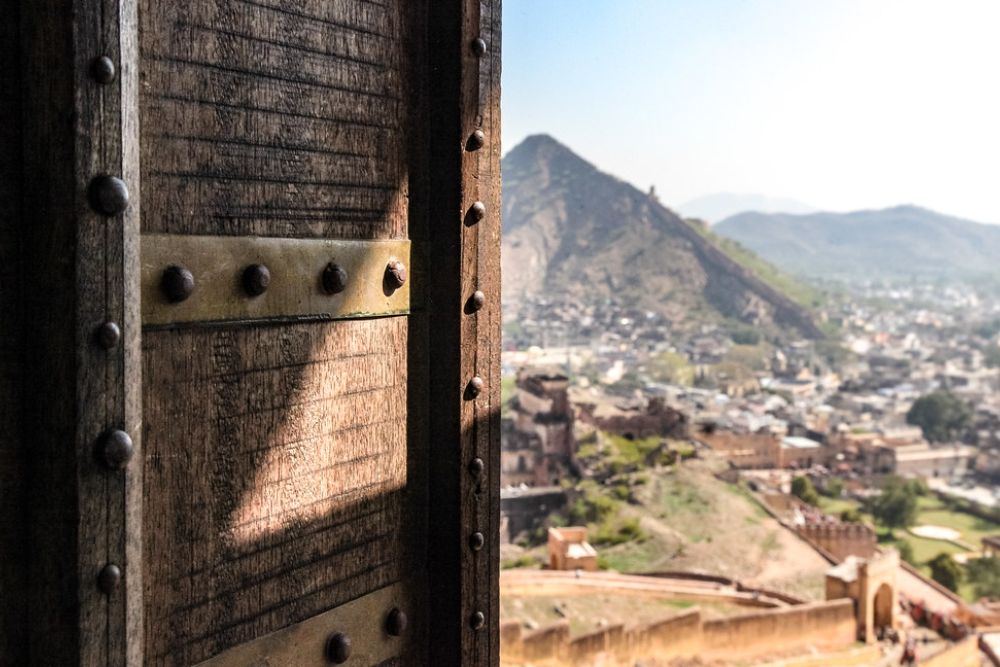
Perched on the slopes of northern Madagascar’s highest peak, this village exists within a cloud forest ecosystem where endemic chameleons outnumber human residents by considerable margins. The Amber Mountain area harbors the world’s smallest chameleon species, some no larger than a human fingernail, alongside giants that can change color patterns in response to different emotional states.
Residents have developed traditional knowledge about chameleon behavior that helps them predict weather changes, as these reptiles often alter their positioning and coloration before storms arrive. The village’s elevation creates distinct microclimates that support different chameleon species at various altitudes, making daily walks through the settlement virtual tours of evolutionary adaptation.
Morondava
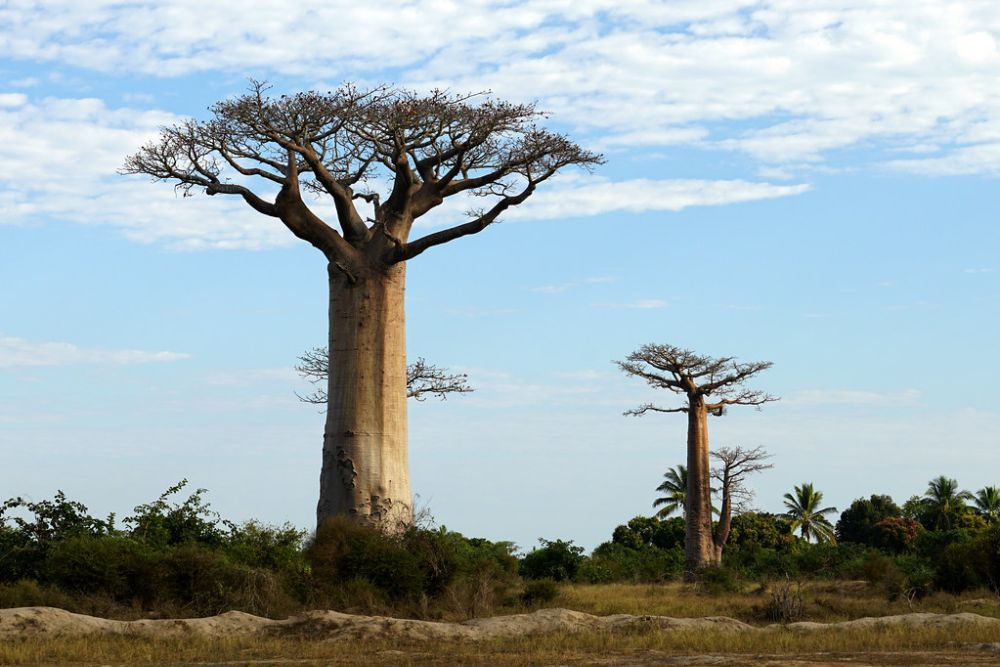
This coastal village serves as the gateway to the Avenue of the Baobabs, where massive trees create a landscape shared with troops of Verreaux’s sifaka lemurs that have adapted to life in Madagascar’s dry western forests. The sifakas in this region display remarkable ground-traveling abilities, hopping across open areas between baobab groves in a sideways dance that has become iconic of Madagascar wildlife.
Local Sakalava people maintain traditional taboos that protect both the ancient baobabs and the lemurs, believing that harming either brings grave misfortune to entire families. The village’s fishing culture incorporates seasonal patterns that account for lemur behavior, as these primates often travel to coastal areas during certain times of the year.
Like Travel Pug’s content? Follow us on MSN.
Masoala Peninsula Villages
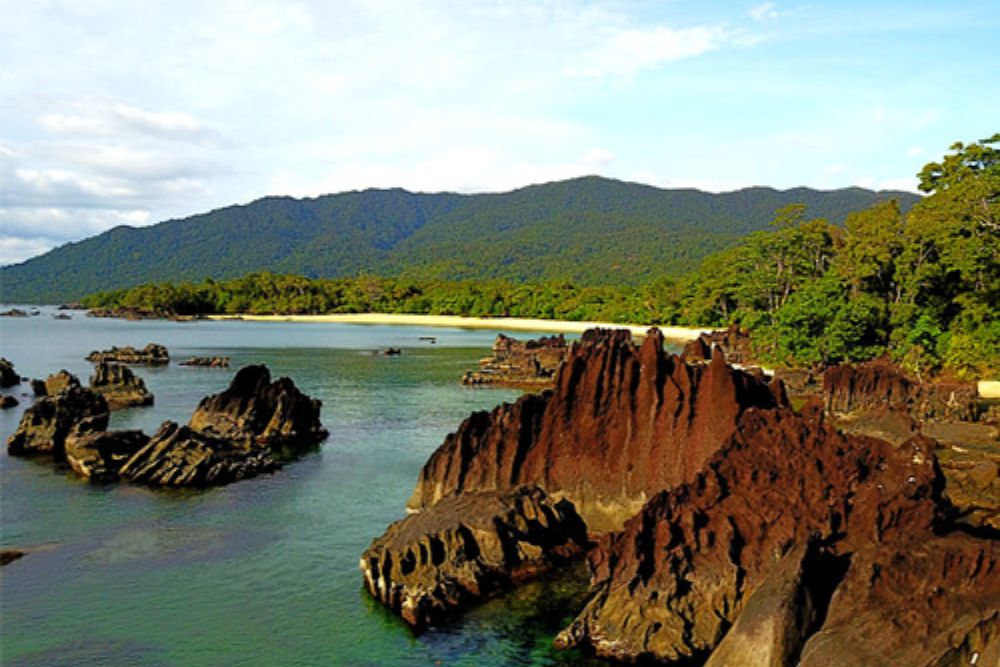
Scattered settlements throughout the Masoala Peninsula exist within Madagascar’s largest remaining rainforest, where red-ruffed lemurs swing through canopies that also shelter the mysterious fossa—Madagascar’s largest carnivore. The fossa, resembling a cross between a cat and a mongoose, hunts lemurs with remarkable agility, creating predator-prey relationships that villagers observe and incorporate into their understanding of forest ecology.
Local communities have developed hunting and gathering practices that account for fossa territories, avoiding areas during breeding seasons when these normally solitary animals become particularly aggressive. The peninsula’s villages maintain traditional ecological knowledge that recognizes the fossa as a keystone species whose presence indicates healthy forest ecosystems.
Isalo Village
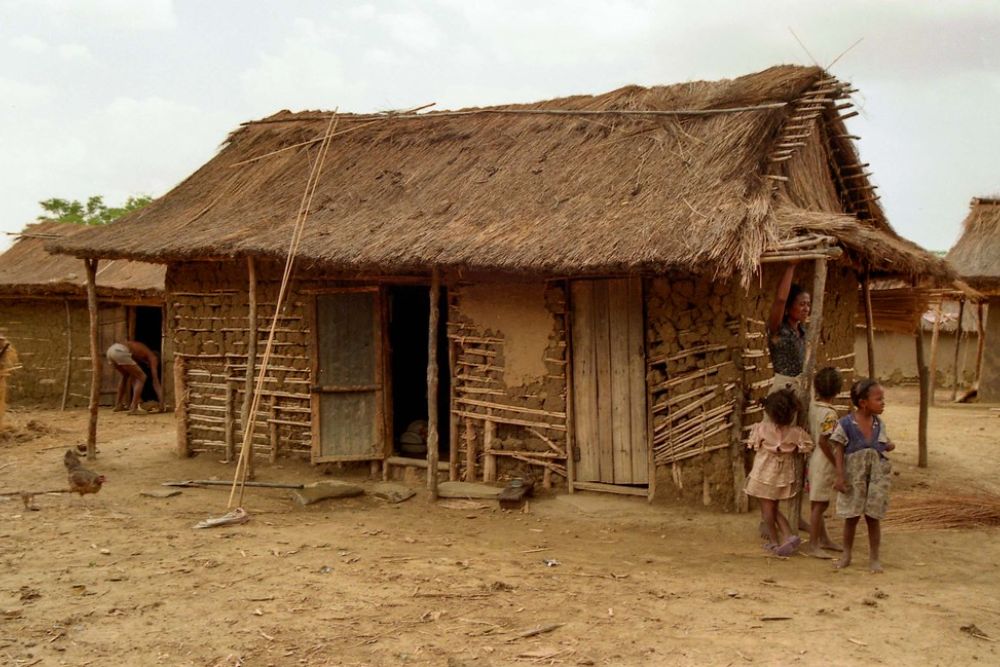
Situated within Madagascar’s dramatic sandstone landscape, this village coexists with ring-tailed lemurs and troops of brown lemurs that have adapted to the harsh conditions of the Isalo Massif. The lemurs in this region display remarkable water-finding abilities, leading villagers to natural springs and seasonal pools that might otherwise remain hidden.
Local Bara people have incorporated lemur behavior into their traditional navigation techniques, following primate pathways to locate water sources during dry seasons. The village’s location within the national park has created opportunities for residents to work as guides, sharing their traditional knowledge about lemur behavior with visitors while maintaining cultural practices that have coexisted with these animals for generations.
Kirindy Village
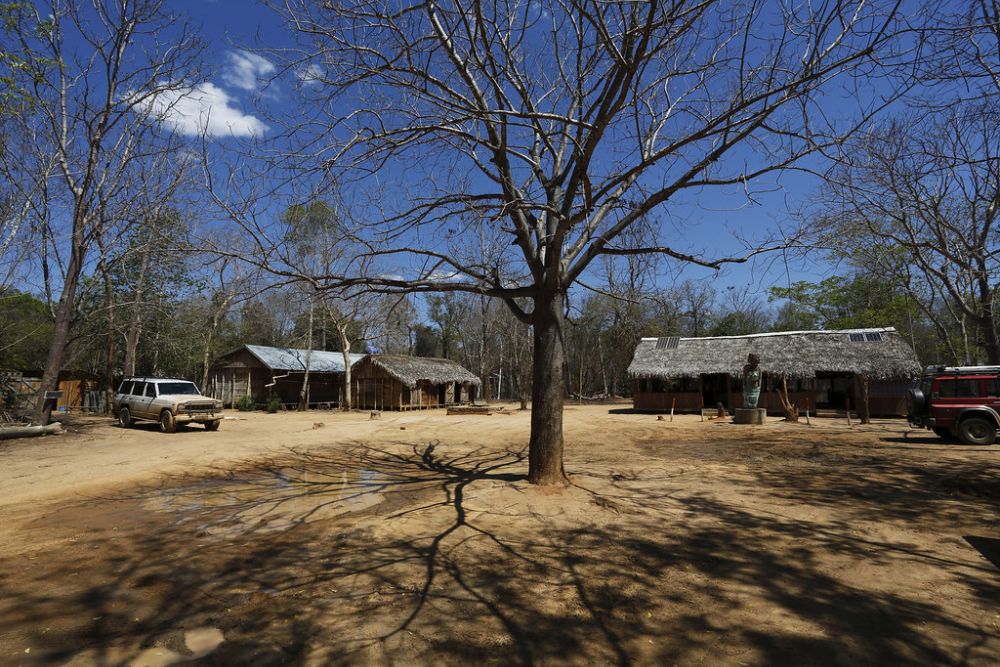
Deep in Madagascar’s dry deciduous forest, Kirindy village provides front-row seats to one of nature’s most unusual nocturnal spectacles—the hunting behavior of fossas as they pursue various lemur species through the darkness. The village’s residents have learned to identify different fossa individuals by their vocalizations and scent markings, developing personal familiarity with these elusive carnivores that most visitors never glimpse.
Local guides can predict fossa activity based on subtle environmental cues, taking researchers and visitors to observation points where these remarkable predators can be witnessed exhibiting behaviors found nowhere else on Earth. The community has adapted traditional storytelling to include fossa characters, creating oral traditions that reflect the complex relationships between Madagascar’s unique predators and prey.
Like Travel Pug’s content? Follow us on MSN.
Ranomafana Village
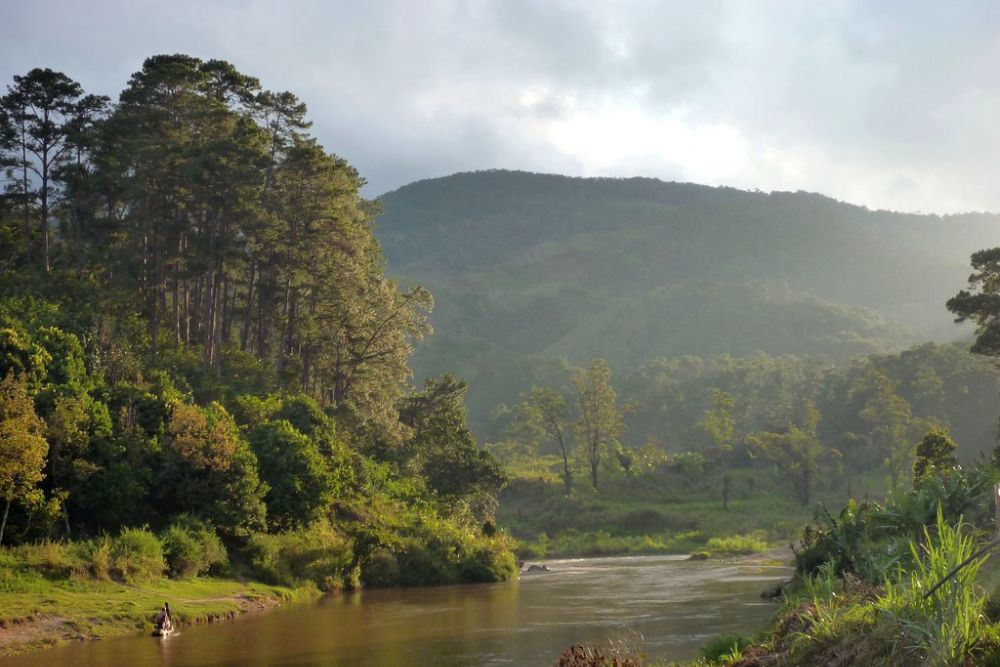
Nestled in the southeastern rainforests, Ranomafana village sits surrounded by twelve different lemur species, including the critically endangered golden bamboo lemur discovered here as recently as 1986. The golden bamboo lemur’s diet consists primarily of bamboo shoots containing cyanide levels that would kill most mammals, yet these primates have evolved specialized digestive systems that neutralize the toxins.
Residents often encounter these rare lemurs during daily activities as the animals move through village gardens in search of specific bamboo varieties. The community has developed traditional conservation practices that protect bamboo groves essential for lemur survival, recognizing that human and wildlife welfare remain interconnected in these forest environments.
Antsiranana Bay Villages
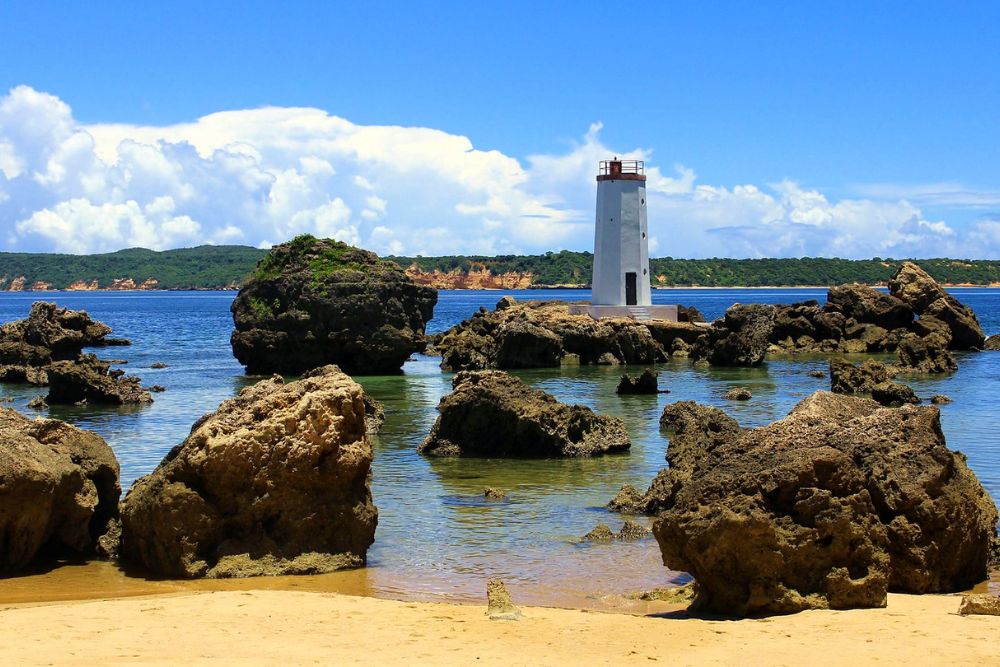
The coastal communities around Antsiranana Bay share their landscapes with Madagascar’s only semi-aquatic mammals—several species of tenrecs that resemble hedgehogs but are actually more closely related to elephants. These spiny creatures display remarkable diversity within short distances, with some species adapted for climbing, others for burrowing, and still others for swimming in tidal pools.
Village residents have incorporated tenrec behavior into traditional weather prediction, as these animals often change their activity patterns before seasonal shifts occur. The communities’ fishing practices account for tenrec feeding areas, avoiding disturbance to tidal zones where these unique mammals hunt for invertebrates during low tide periods.
Antsirabe Surroundings
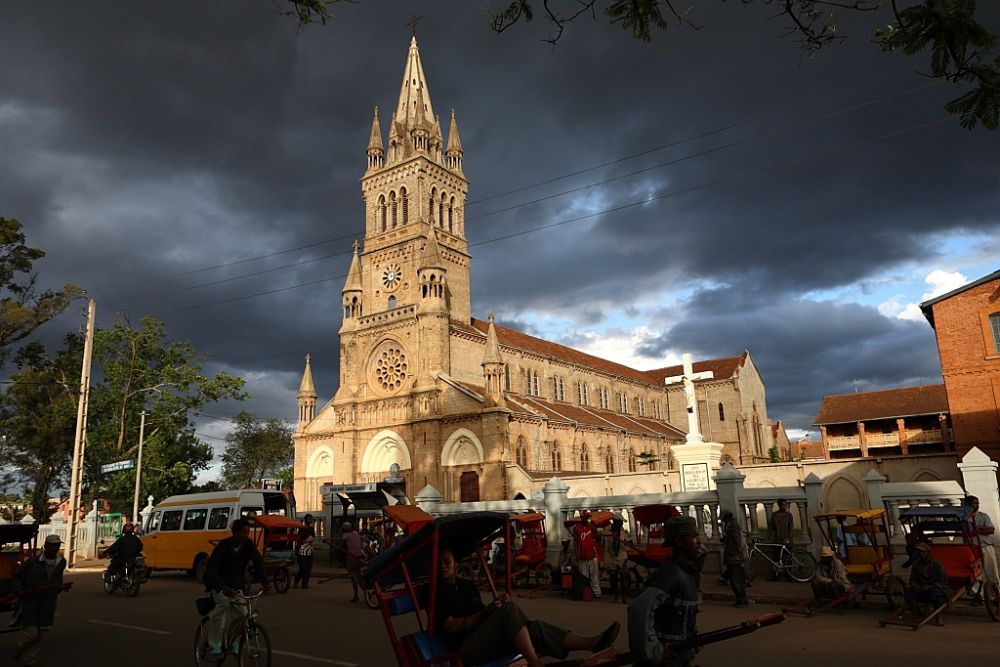
The highland villages around Antsirabe exist in landscapes where Madagascar’s carnivorous plants thrive alongside lemur populations that have learned to avoid these natural traps. The area’s sundews and pitcher plants create botanical hazards that local primates navigate with remarkable awareness, while village residents use these same plants for traditional medicine.
Local communities have developed agricultural practices that incorporate carnivorous plant habitat requirements, maintaining wetland areas that support both unique flora and the insects that serve as prey for these botanical predators. The villages’ traditional ecological knowledge includes a detailed understanding of seasonal relationships between carnivorous plants, insect populations, and lemur feeding patterns.
Like Travel Pug’s content? Follow us on MSN.
Tsingy Villages

Villages near the Tsingy stone forests exist in landscapes so unique that they shelter endemic species found in areas measuring just a few square miles. The razor-sharp limestone formations create isolated microhabitats where lemurs, chameleons, and birds have evolved distinctive characteristics within extremely limited ranges.
Residents have developed specialized knowledge about navigating these dangerous stone mazes while locating the small populations of endemic animals that inhabit specific Tsingy formations. The communities maintain traditional practices that recognize certain Tsingy areas as sacred, creating informal protection for wildlife populations that exist literally nowhere else on Earth.
Mantadia Villages
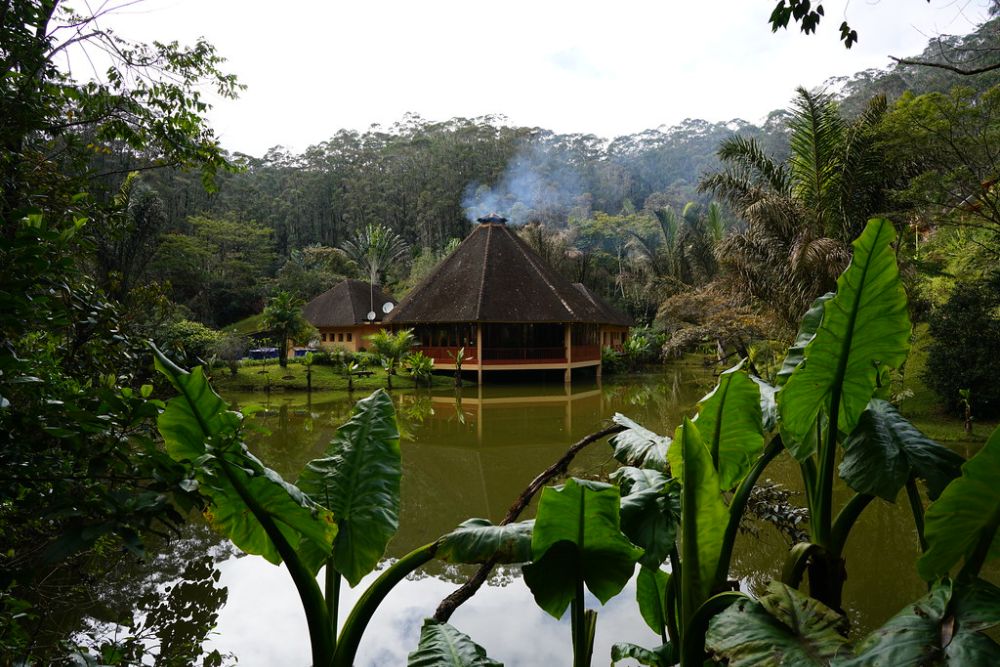
The settlements around Mantadia National Park share their environment with some of Madagascar’s most spectacular birds, including the helmet vanga and the Madagascar serpent eagle that hunt in the village outskirts. These endemic raptors have adapted to forest edge environments, creating hunting partnerships with local lemur troops that flush prey from undergrowth during their daily foraging activities.
Village residents can predict bird activity by observing lemur behavior, as different primate species attract different avian followers seeking disturbed insects and small vertebrates. The communities have incorporated bird calls into traditional communication systems, using specific vocalizations to signal information across forest distances.
Zombitse Village
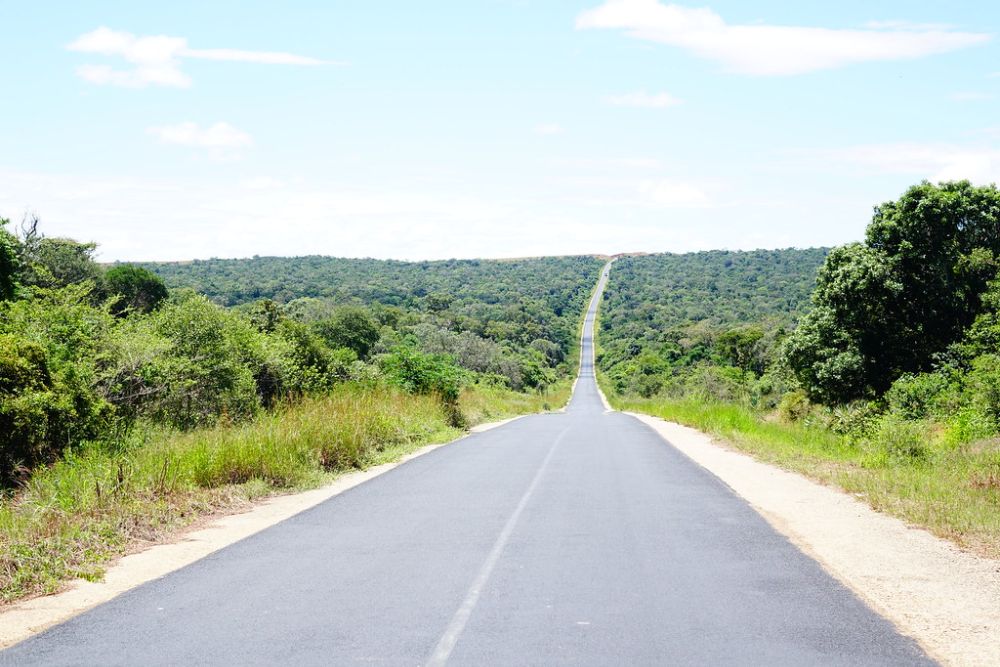
Located within Madagascar’s unique dry forest ecosystem, Zombitse village coexists with the endangered Appert’s tetraka—a bird species so localized that its entire world population exists within a few square miles around the settlement. The bird’s survival depends on specific tree species that villagers have traditionally protected for their own cultural and practical purposes, creating accidental conservation success.
Residents can locate individual Appert’s tetraka birds by recognizing their unique vocalizations and developing personal familiarity with what may be fewer than 1,000 individual animals worldwide. The village community has become inadvertent guardians of a species whose existence depends entirely on their continued traditional land management practices.
Like Travel Pug’s content? Follow us on MSN.
Bemaraha Villages
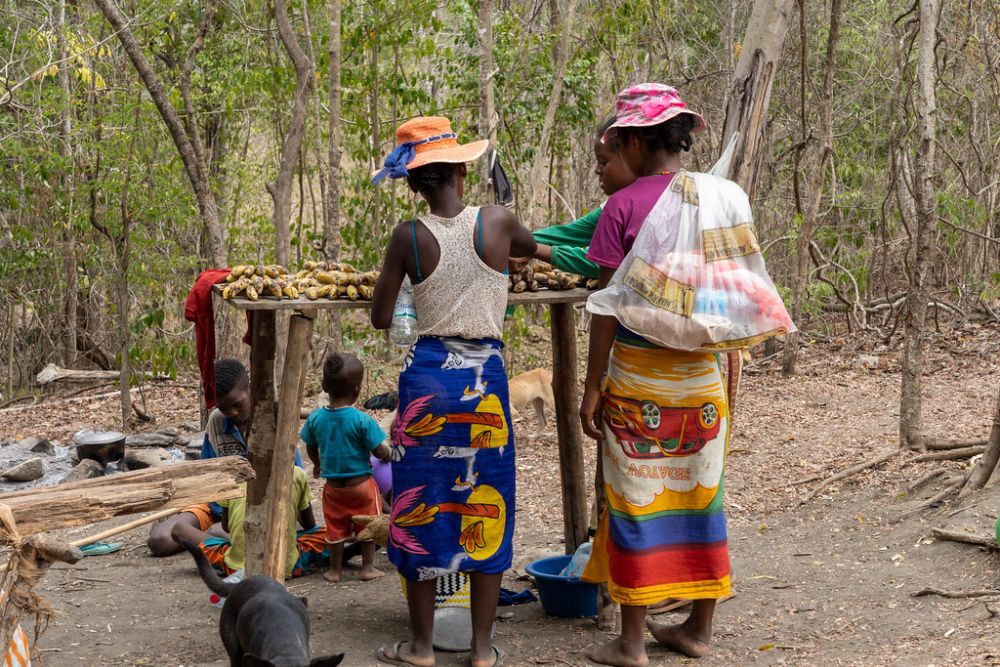
Communities within the Bemaraha region share their dramatic limestone landscapes with Madagascar’s smallest lemur species—the mouse lemur, which emerges at night to hunt insects in village gardens and forest edges. These tiny primates, weighing less than three ounces, have developed remarkable agility that allows them to navigate the sharp, tsingy formations while avoiding the larger lemur species that compete for similar resources.
Village residents often encounter mouse lemurs during evening activities, as these nocturnal animals show little fear of humans and sometimes enter homes in pursuit of insects attracted to artificial lighting. The communities have developed traditional stories that feature mouse lemurs as clever characters who overcome obstacles through intelligence rather than size.
Montagne d’Ambre Villages
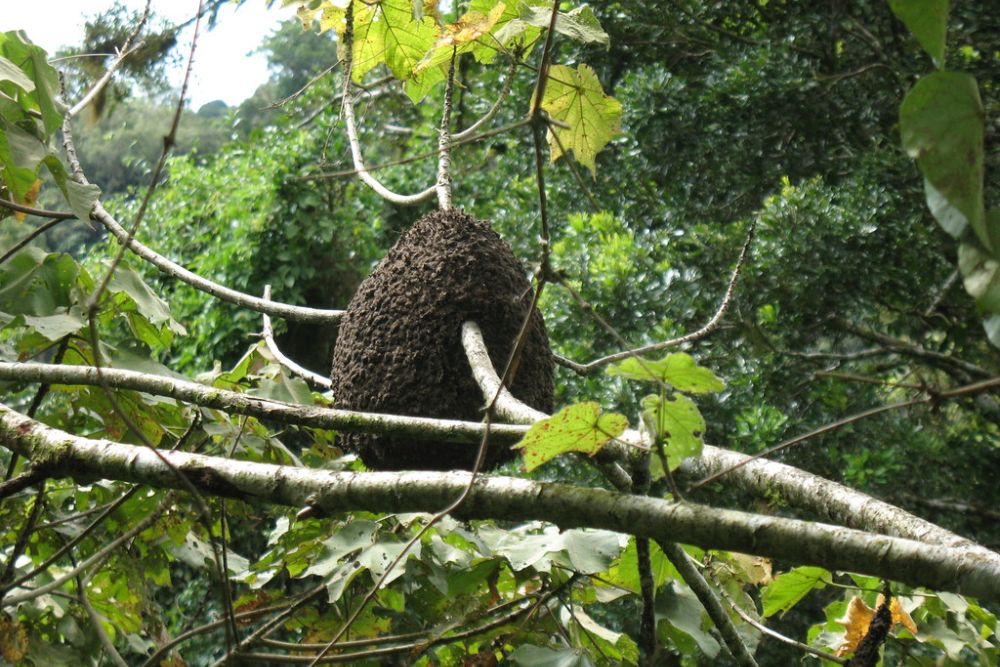
The villages scattered around Montagne d’Ambre exist within cloud forest environments where endemic frogs create nightly choruses that have influenced local musical traditions for generations. The area harbors dozens of frog species found nowhere else on Earth, including some that reproduce entirely without aquatic larval stages.
Residents can identify individual frog species by their calls alone, using amphibian activity to predict weather changes and seasonal transitions. The communities’ traditional knowledge includes understanding relationships between frog populations, insect abundance, and forest health, creating informal monitoring systems that track ecosystem changes over time.
Ankarana Villages
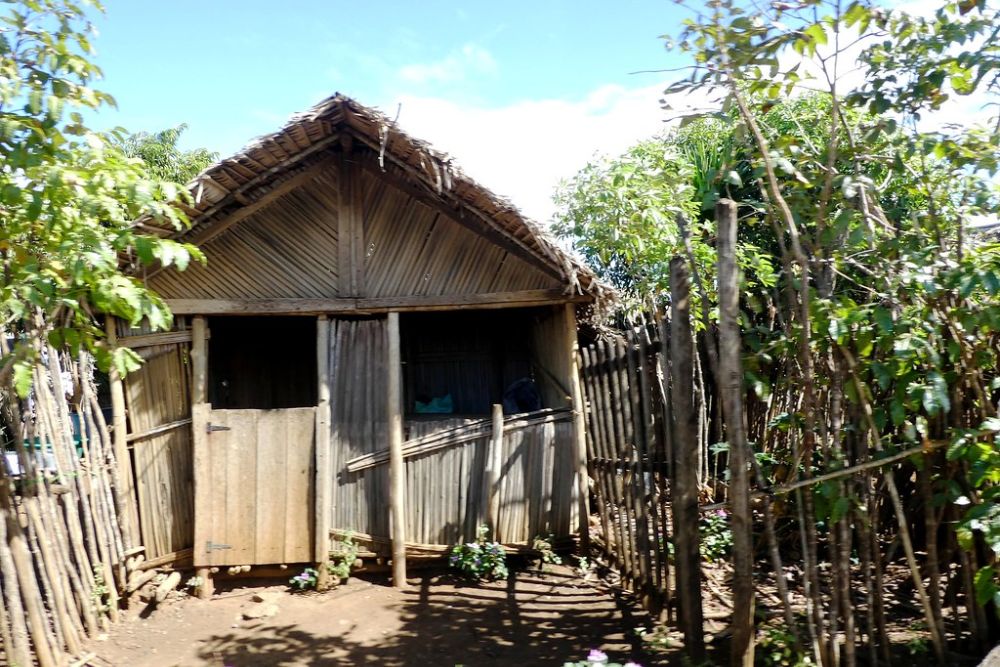
Communities within the Ankarana region coexist with Madagascar’s most diverse bat populations, including endemic species that roost in the area’s extensive cave systems during daylight hours. The bats emerge each evening in massive clouds that can be observed from village courtyards, creating natural pest control that reduces insect problems for human residents.
Local people have developed traditional practices that protect cave roosting sites, recognizing that disturbing bat colonies leads to increased crop damage from insects. The villages’ agricultural cycles incorporate bat activity patterns, with planting and harvesting schedules that maximize the pest control benefits these flying mammals provide.
Like Travel Pug’s content? Follow us on MSN.
Living Laboratories of Evolution
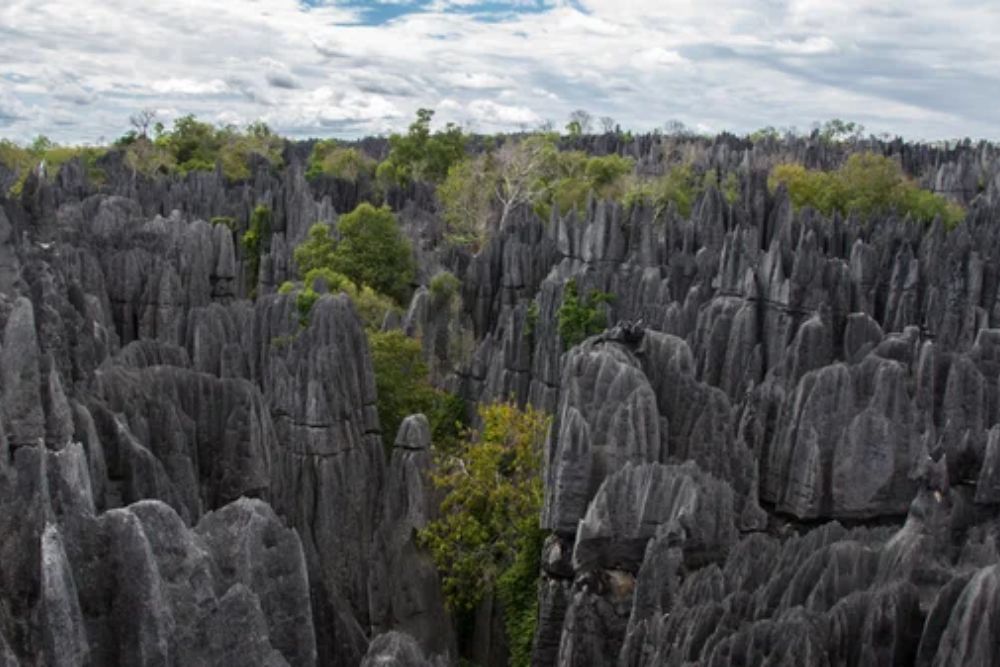
These Madagascar villages represent more than rural settlements—they embody communities that have learned to thrive alongside evolutionary marvels found nowhere else on Earth. The residents of these unique places have developed cultural traditions and practical knowledge that recognize endemic wildlife as integral parts of their daily lives and spiritual beliefs.
Their continued coexistence with lemurs, fossas, chameleons, and countless other endemic species demonstrates that human communities can successfully adapt to sharing landscapes with the planet’s most extraordinary biological diversity.
More from Travel Pug

- 20 Best Beach Towns in the Carolinas
- 13 Destinations Where Tourists Regularly Regret Their Trip
- 20 Things You Actually Get in First Class
- 20 Small Airports With Aviation Museums
- 20 Places in the U.S. That Are Perfect for a Reset Trip
Like Travel Pug’s content? Follow us on MSN.
